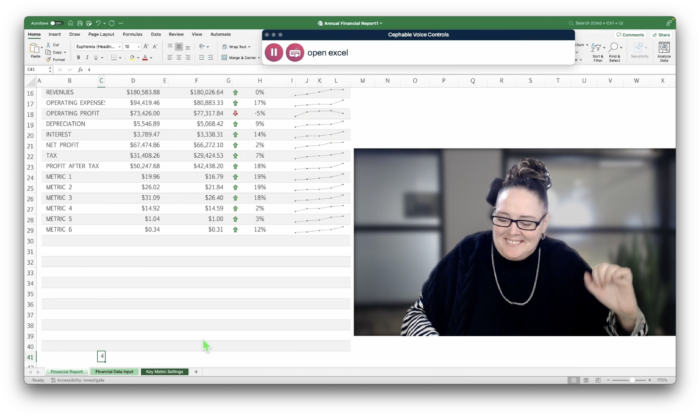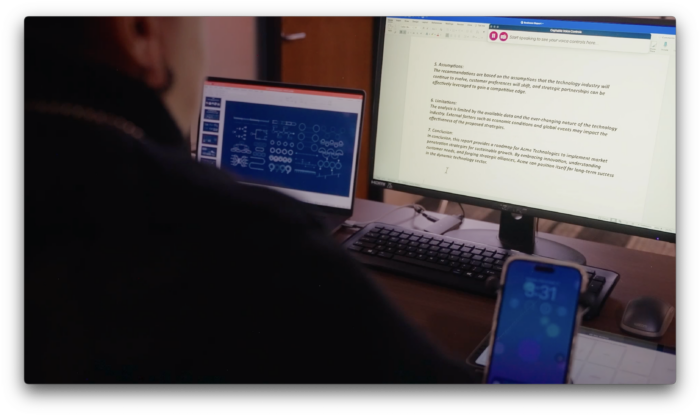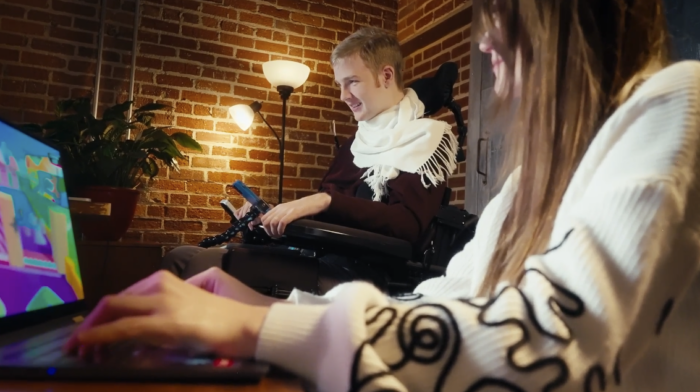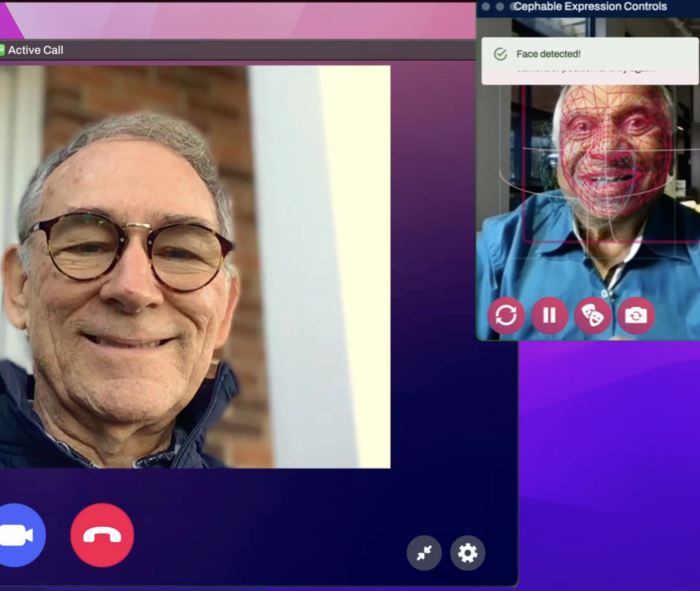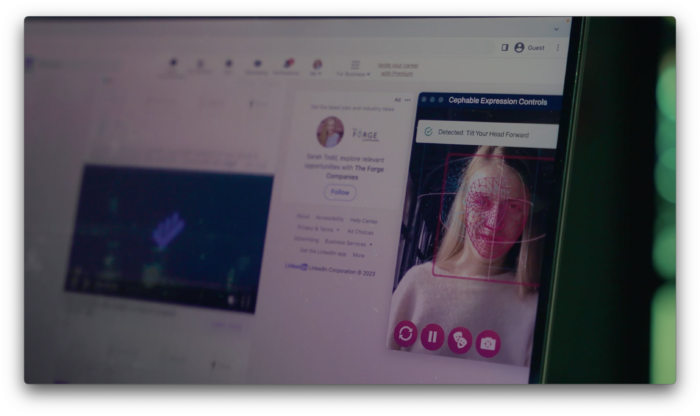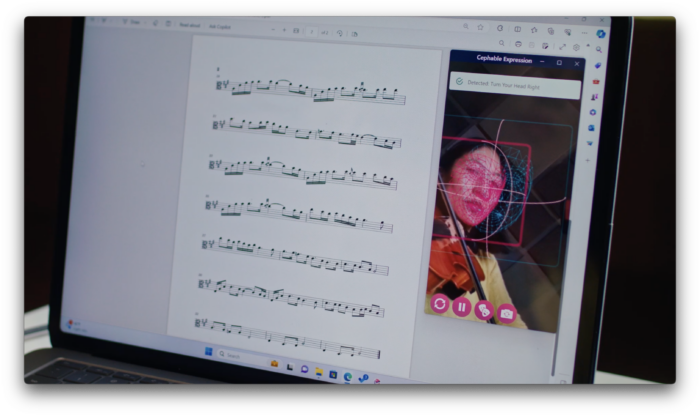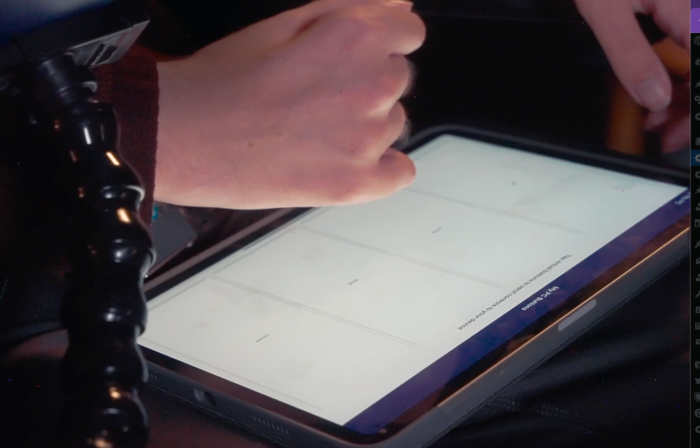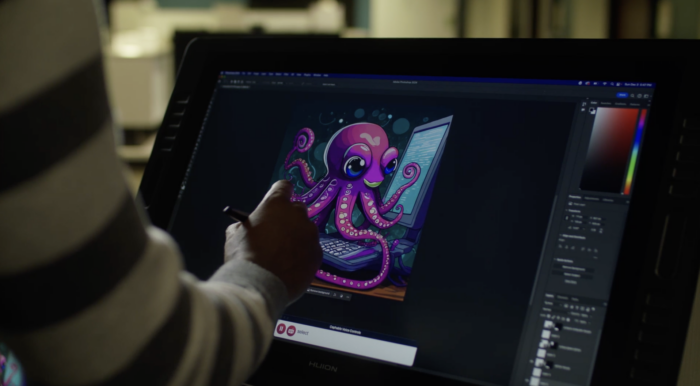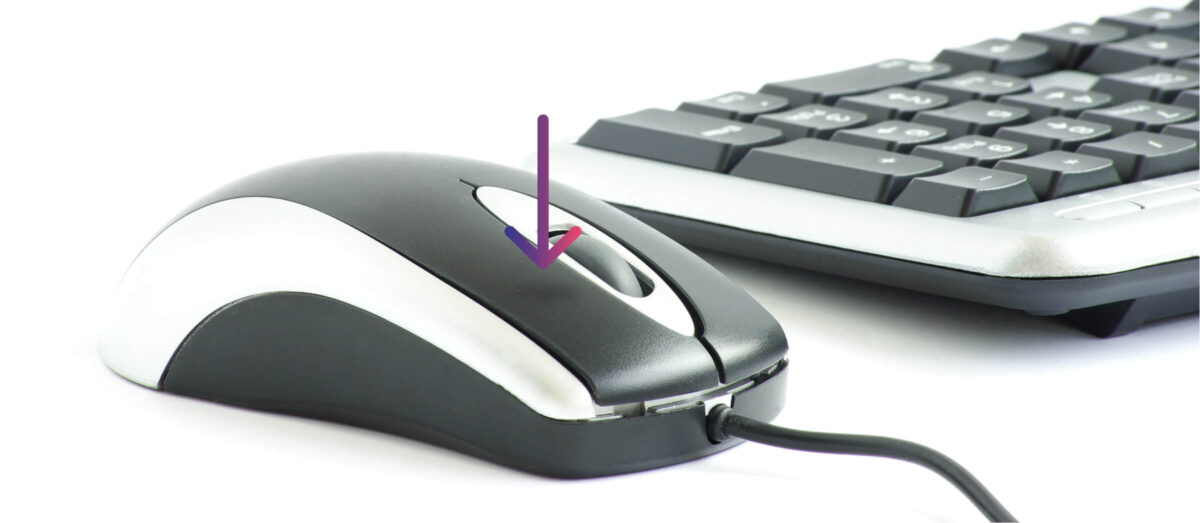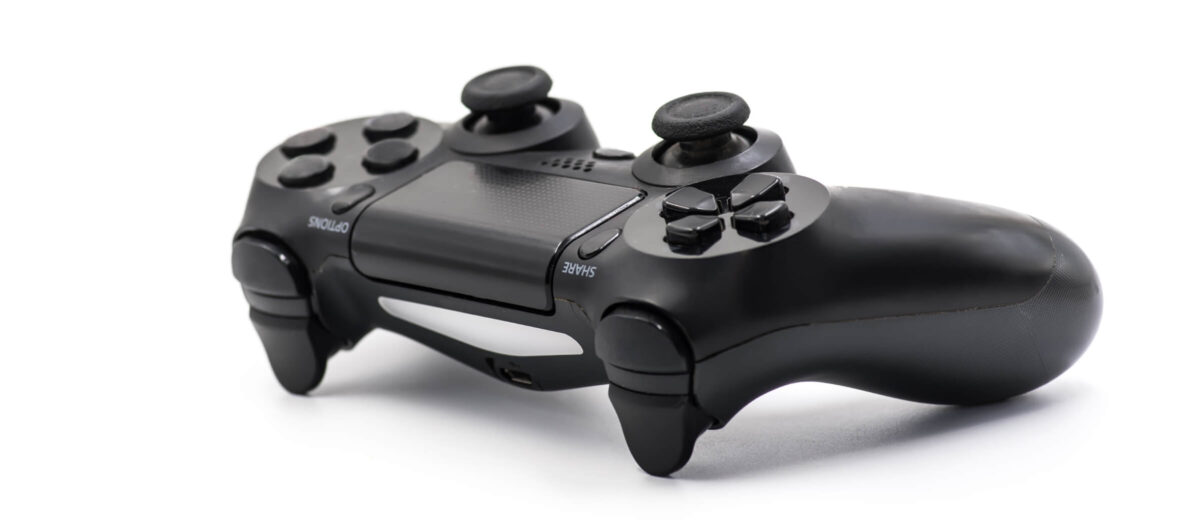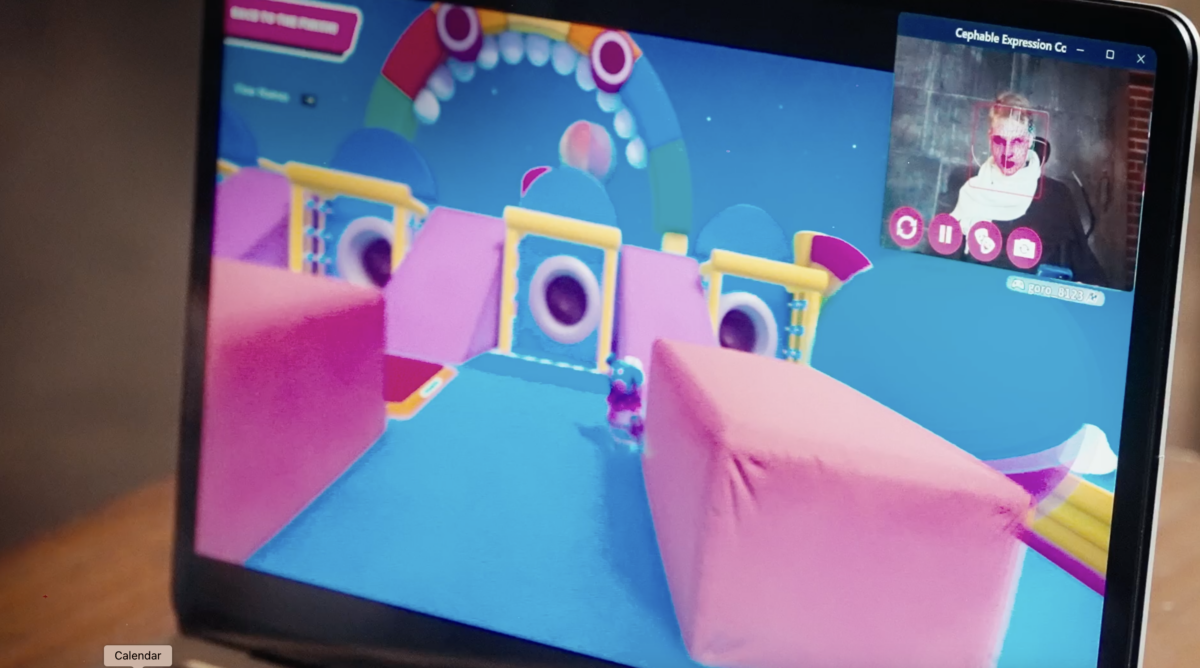Written By: Chief Learning Officer Julia Franklin
Transitioning from a clinical setting to a technology company might seem like an unexpected move for a speech-language pathologist (SLP). However, when I reflect on my career, I see a consistent pattern of connecting with and working alongside people who inspire me. This coupled with a relentless drive for learning and a desire to always stay at the forefront of research and ideology in my profession, the transition to tech felt like a natural progression. After all, technology now permeates almost every aspect of our lives— from work and communication to leisure and travel. As an SLP who thrives on applying skills in functional contexts, the intersection of technology with so many facets of our lives presented an exciting new opportunity. This intersection became the gateway to a new chapter in my career.
Connecting Through Clinical Practice
In my clinical practice, I was never content with just being a therapist—I wanted to be a guide, empowering my clients to discover and connect with their own strengths and abilities. My approach prioritized connection and functional communication, often taking therapy sessions beyond the confines of traditional settings, whether it meant conducting sessions outdoors, under tables, or even wearing various costumes to spark engagement. I sought to create unique environments and activities where individuals could feel safe to reach for their next goal.
Then, I discovered that I was taking my own advice and finding my creative work environment while tapping into my strengths. The parallels between my approach and skills as a clinician and the work we do at Cephable became very clear. While the work setting may have changed, many of the core principles remain the same: deep listening, maintaining a strengths-based perspective, and collaborating as an interprofessional team to create impactful solutions.
Listening to All Forms of Communication
I’ve long held the belief that listening to all forms of communication (spoken and unspoken) was the foundation of my work. Listening involves far more than sounds we can hear. You see, cognition and language are internal processes that aren’t always connected to external motor movements. In other words, we can’t fully understand or “hear” someone without also observing external actions /movements. This is particularly significant when working with individuals who have physical/motor disabilities, including differences in movement for speaking. In these cases, it’s essential to presume competence and recognize that differences in motor function do not equate to limitations in cognitive or language abilities. It’s always about staying curious and offering creative (and fun) ways to reach a goal.
Strengths-Based Perspective
Here’s where Cephable comes in: by developing innovative technology solutions, we’re empowering individuals to showcase their abilities rather than focusing solely on their disabilities. Our users get to bring their abilities (movements) to our software and our adaptive controls enable them to interact with technology in ways tailored to their unique strengths and preferences. Whether it’s through voice controls, facial expressions, head movements, or virtual buttons, Cephable is breaking down barriers and opening new possibilities for digital access. From a single sound to even eyebrow raises, we can match a movement ability with a new game, application, or creative task on a computer. This doesn’t just change someone’s digital life, but also the way they can connect and relate with other people in their lives.
Interprofessional Collaboration
I’ve come to realize that true innovation often arises from the convergence of diverse perspectives. Within my role at Cephable, one of my core responsibilities is partnering closely with our engineering team to ensure that our product roadmap is informed by the insights, lived experiences, and narratives of our user community. Drawing from my clinical expertise, I serve as a conduit between our users and the ongoing development of our application. Much like my integrated approach across disciplines while caring for my clients as a speech therapist, fostering interdisciplinary collaboration within Cephable is paramount. This approach underscores the importance of crafting solutions that embrace the multifaceted nature of human beings, reaffirming that no professional possesses all-encompassing solutions. Whether in therapeutic practice or technological innovation, the essence of collaboration remains fundamental.
Now What?
By working on computer access solutions as an SLP, I’m helping to unlock opportunities and experiences for a wider range of people outside of a single caseload. At Cephable, we are not merely developing software; we are crafting solutions that honor the individuality and potential of every user. It’s a collaborative effort where each person brings their unique insights to the table, reminding us that the most profound advancements emerge when we work together towards a common goal.
If you want to delve deeper into my journey of exploration between clinical work and technology, I invite you to listen to a recent podcast where I had a great conversation with part of the team at, Theralinq. They are developing exciting new tech for the clinical space that you need to know about! Together, let’s continue to break down barriers and pave the way for a future where everyone can fully participate and thrive in our increasingly interconnected world where individual abilities are celebrated.
Subscribe to Our Newsletter
Subscribe to our InkSights newsletter for updates, the latest innovations in AT, community announcements, and more!
Enabling people to move beyond keyboard and mouse with the capabilities they have.
Cephable turns any input into any output.
